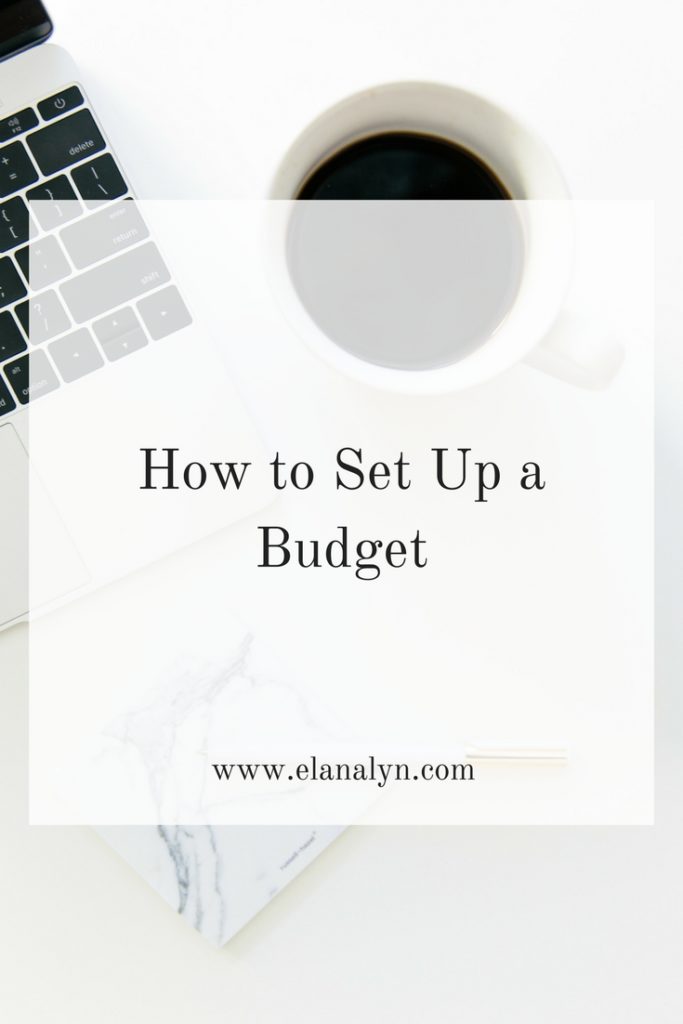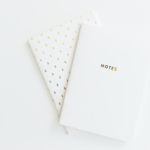A budget can be liberating and empowering, especially when it puts you in control of your finances. It also doesn’t have to be difficult. Once established, it takes just a few minutes a day to track your budget enabling to stay on top of your spending and monitor your progress towards your goals. Here are a few tips for setting up your budget.

Don’t Call if a Budget:
If you don’t like the idea of a “budget” don’t call it that. Instead, call it a “Spending Plan” because that it is really what it is. It’s a plan for allocating your spending among various categories based on your goals and priorities. When you set a goal, you can then prioritize your spending for the purpose of achieving that goal. Your spending plan should extend out to 12 months and include your projected income and expenses. You will need to account for one-time expenses, like your car registration, and it should include a “cushion” for unexpected expenses. Your goal should be to increase your monthly cash flow through tighter spending so you can apply it to a high-interest savings account or paying down debt. If you are wondering where you should prioritize your monthly cash flow, you should always come back to interest rate. You generally want to pay off high-interest debt, like credit card debt, before redirecting money into lower interest savings accounts.
Go Digital:
The key to managing your budget is to be able to track it effortlessly. With the availability of online personal finance tools, that is not a problem. Most banks offer online account management where you can track your spending in real time. Debit card purchases and ATM cash withdrawals are reported instantly. You can track your spending from your bank account each day. Many online account systems allow you to track your spending by category, giving you a running total for each as you go through the month. If you use a credit card, you can do the same thing through your online account. For the easiest tracking of your spending plan, you should try to use just your debit card and checks when you need them, rather than having to manage several different accounts.
Or, you can download a free budget app, such as Mint.com. In fact, with Mint, you can easily set up your spending plan by category and then allow Mint to track your spending for you. You can link Mint to any of your bank or credit accounts and it will track the data as it is reported to your accounts. You can establish spending limits for each category and Mint will alert you when you are approaching a limit. Or, you can look at your Mint app each day to see what you are able to spend in any given category. Other apps with similar functionality are Level Wallet, Prosper Daily, and Wally. With any of these apps, you will always know precisely where you are in your spending plan with the ability to make quick and painless course corrections so you stay on track.
Pay Yourself First:
The main idea of a spending plan is to prioritize your spending so you can make progress towards your goal. By prioritizing, you pay your most essential expenses first and then adjust your non-essential expenses if necessary to cover your most essential expenses. For instance, eating lunch out every day may be convenient, but it is not essential. If you find yourself coming up short for your essential expenses, you adjust by making bag lunches for the rest of the month.
Your top priority and most essential expense should be you the goal you set for yourself. That should be your very first expenditure every month before you pay any other bill. For example, if you set a goal of paying off your student debt within five years and it requires an extra $300 a month on top of your regular monthly payment, that becomes your spending target. Everything else, including your essential and non-essential expenditures, is planned around achieving that monthly target. Each month, that $300 payment is your very first expenditure, which ensures it remains your top priority. If you fall short in one of your other spending categories, you need to find the money from somewhere other than your debt payment because it is your top priority.
Make a Game Out of It:
On the surface, it doesn’t really seem like managing a budget or spending plan could be any fun at all. But, if you make a game out of it and challenge yourself, it can be very motivating. Whether you use a spreadsheet or an online personal finance tool, you can set benchmarks for yourself, such as 25% of goal, 50% of goal, 75% of goal, etc. As you reach each benchmark, reward yourself with a small splurge (keeping with your spending plan). It becomes much easier to make daily spending decisions when you are motivated by a purpose or a goal.
This is a guest post by Josh Wilson.
































